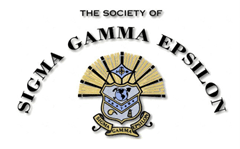Abstract
A number of United States presidents had some experience in geological thought and investigations and keen interests in the environment. The first U.S. president, George Washington, was a land surveyor. Thomas Jefferson, the 3rd U.S. president, was a keen supporter of science and maintained an interest in paleontology, and played a key role in the development of American paleontology. Theodore Roosevelt, the 26th U.S. president, was a strong supporter of the national park service and was an influential naturalist.
Herbert Hoover, the 31st U.S. president, was a Stanford University graduate with a degree in geology and mining – a true geologist/U.S. President. Hoover worked in the mining industry in the western United States, Australia, and China before moving into politics. Hoover lectured on mining at both Columbia and Stanford Universities and his lectures were published in 1909 as Principles of Mining. In 1912, Hoover, with his wife Lou Henry, translated Agricola‟s De Re Metallica from Latin into English.
Recommended Citation
Merriam, Dan
(2012)
"U.S. Presidents and their Geological Thinking,"
The Compass: Earth Science Journal of Sigma Gamma Epsilon:
Vol. 84:
Iss.
2, Article 3.
DOI: https://doi.org/10.62879/c54450908
Available at:
https://digitalcommons.csbsju.edu/compass/vol84/iss2/3

Author Keywords
George Washington, Thomas Jefferson, Theodore Roosevelt, Herbert Hoover, Benjamin Franklin